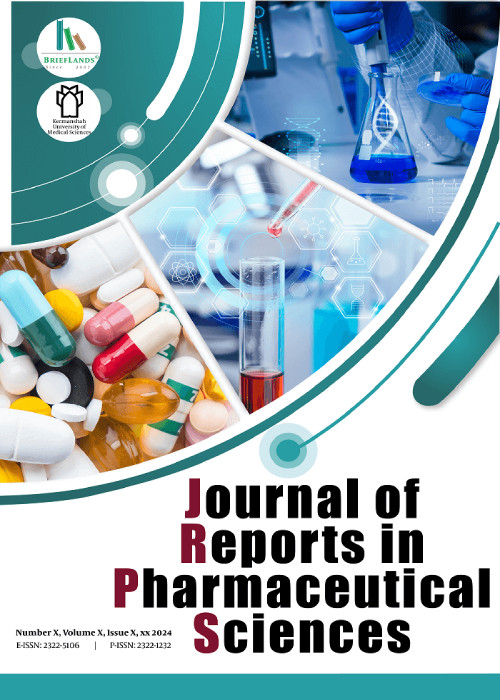Optimum Surfactant Concentration for Preparation of Amiodarone Loaded Solid Lipid Nanoparticles: Theoretical Estimation Versus Experimental Results by Box-Behnken Design
Solid lipid nanoparticles (SLNs) are colloidal carriers made up of lipids that are stabilized by surfactant molecules. The lipid matrix remains solid at body temperature. A significant challenge in the preparation of SLNs is determining the optimal concentration of surfactants due to their potential toxicity.
During the preparation of SLNs, micelle structures tend to form at high concentrations of surfactants. Since micelles exhibit different properties from SLNs, using the optimum concentration of surfactants leads to the preparation of a consistent formulation of SLNs. This was theoretically predicted in this study and then compared with experimental results.
In this study, amiodarone-loaded SLNs were produced via a hot homogenization process. The design of experiments was utilized to explore effective process parameters, as several factors influence the formulation characteristics. The concentration of surfactants was optimized using a Box-Behnken design. The results were compared with a theoretical equation developed in this study, which estimates the concentration of surfactants needed to cover the surface of the particles. Assessments included particle size and morphology, size distribution, drug loading percentage (DL%), and encapsulation efficiency (%).
The particle size of the optimum formulation was 74 ± 1.5 nm, with DL% and EE% being 14.81 ± 0.8% and 97.58 ± 2.5%, respectively. The formulation contained 2.3% Witepsol, 0.25% glyceryl monostearate (GMS), 0.5% amiodarone (AMI), 0.02% sodium lauryl sulfate (SLS), 0.05% poloxamer, and 0.17% lecithin. The total surface area of the particles was estimated according to the equation 6× (volume of the lipid phase)/ (diameter of particles), which can be applied to determine the concentration of surfactants required for preparing SLNs.
The results indicated that the theoretical equation was suitable for estimating the optimum concentration of surfactant in the aqueous phase to form SLNs and adequately cover the lipid surface. Mathematical estimations were comparable to the experimental results from the Box-Behnken design. Consequently, the formulation consisted of SLNs without any micellar structure, and the applied concentrations of surfactants effectively covered the surface of the particles.
- حق عضویت دریافتی صرف حمایت از نشریات عضو و نگهداری، تکمیل و توسعه مگیران میشود.
- پرداخت حق اشتراک و دانلود مقالات اجازه بازنشر آن در سایر رسانههای چاپی و دیجیتال را به کاربر نمیدهد.


